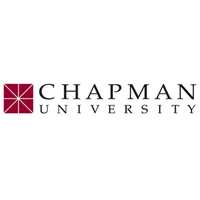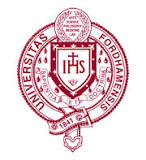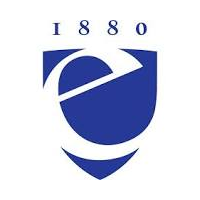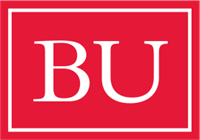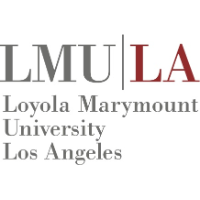What do they do?
Read transcript or proof type setup to detect and mark for correction any grammatical, typographical, or compositional errors. Excludes workers whose primary duty is editing copy. Includes proofreaders of braille.
Also known as:
Copy Editor, Copyholder, Editorial Assistant, News Copy Editor, Proofer, Proofreader, Typesetter
-
9.1%
Change
Ranks #13 in job growth rate20Job Openings
Ranks #20 in net job growth
-
Chapman University
Orange, CA
-
Fordham University
Bronx, NY
-
Emerson College
Boston, MA
-
Loyola Marymount University
Los Angeles, CA
-
Boston University
Boston, MA
Looking for colleges that offer a specific major? Use the College Match Tool to find your best-matched schools and discover your estimated Net Price!
- Doctorate or Professional Degree (2%)
- Master's degree (17%)
- Bachelor's degree (39%)
- Associate's degree (5%)
- Some college, no degree (17%)
- High school diploma equivalent (19%)
- Less than high school diploma (<1%)
Most Popular Majors that prepare Proofreaders and Copy Markers
-
#1
-
Degrees Granted
26,651
-
Female Students
19,524
-
Male Students
7,127
-
Median Starting Salary
$40,400
-
-
#2
-
Degrees Granted
8,888
-
Female Students
5,948
-
Male Students
2,940
-
Median Starting Salary
$40,700
-
-
#3
-
Degrees Granted
543
-
Female Students
391
-
Male Students
152
-
Median Starting Salary
$38,900
-
-
#4
-
Degrees Granted
261
-
Female Students
150
-
Male Students
111
-
Median Starting Salary
$38,900
-
People in this career often know a lot about:
- English Language - Knowledge of the structure and content of the English language including the meaning and spelling of words, rules of composition, and grammar.
- Communications and Media - Knowledge of media production, communication, and dissemination techniques and methods. This includes alternative ways to inform and entertain via written, oral, and visual media.
People in this career often have talent in:
- Written Comprehension - The ability to read and understand information and ideas presented in writing.
- Near Vision - The ability to see details at close range (within a few feet of the observer).
- Oral Comprehension - The ability to listen to and understand information and ideas presented through spoken words and sentences.
- Written Expression - The ability to communicate information and ideas in writing so others will understand.
- Oral Expression - The ability to communicate information and ideas in speaking so others will understand.
People in this career often do these activities:
- Proofread documents, records, or other files to ensure accuracy.
- Verify accuracy of financial or transactional data.
- Coordinate operational activities.
- Search files, databases or reference materials to obtain needed information.
- Collaborate with others to determine production details.
- Search information sources to find specific data.
- File documents or records.
- Report news to the public.
This page includes data from:

 Occupation statistics: USDOL U.S. Bureau of Labor Statistics Occupational Employment Statistics
Occupation statistics: USDOL U.S. Bureau of Labor Statistics Occupational Employment Statistics


